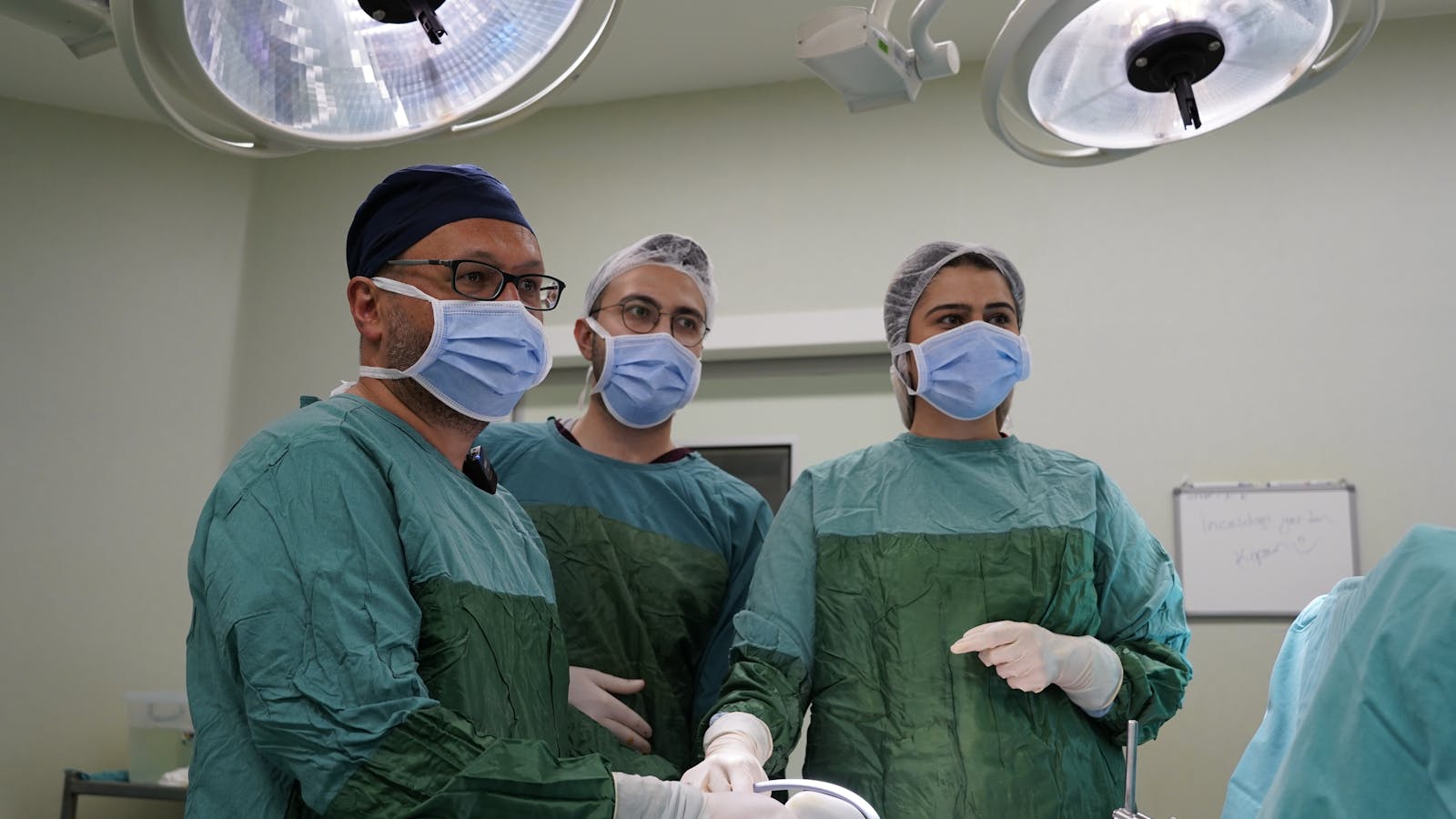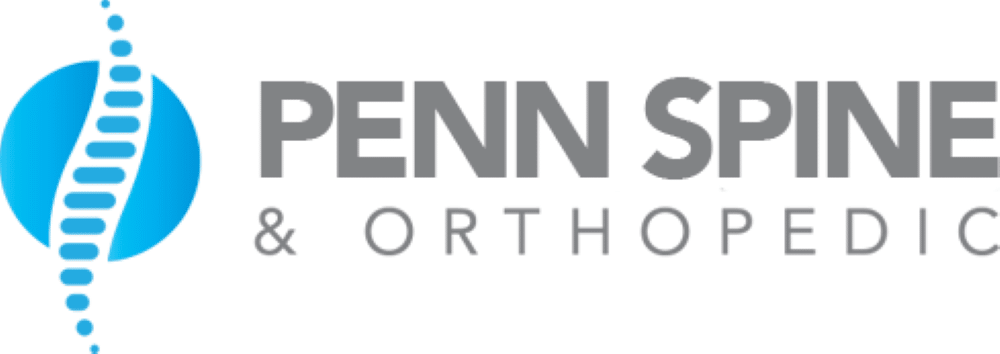Non-surgical alternatives to manage spinal conditions include methods such as chiropractic care, acupuncture, physical therapy, and lifestyle modifications. These techniques can greatly alleviate pain, enhance mobility, and improve overall spinal health without resorting to invasive surgical interventions. Alongside these benefits, these alternatives reduce the risk of post-surgery complications and recovery periods. With advancements in medical technology, safer methods that encompass a personalized, patient-centered approach are continuously emerging. This dynamic field offers a promising pathway for effective spinal treatment strategies. Keep exploring current trends in non-surgical spinal treatments for more insights.
Understanding Spinal Conditions
Spinal conditions, a complex interplay of structural, functional, and neuropathic abnormalities, are an important cause of discomfort and disability among individuals globally. These conditions pivot around the spinal anatomy basics, which encompass the vertebral column, intervertebral discs, spinal nerves, and associated musculature. The vertebral column, a key part of the central nervous system, is a sophisticated structure designed to protect the spinal cord, support the body, and facilitate movement.
Understanding the spinal anatomy basics deepens our grasp of the genesis and progression of spinal conditions. Each region of the vertebral column has unique characteristics and susceptibilities to specific conditions. For instance, the lumbar region, bearing the body’s weight, is often prone to degenerative conditions like disc herniation and spinal stenosis.
Condition diagnosis methods are important in the management of spinal conditions. Early and accurate diagnosis can greatly improve treatment outcomes. A myriad of diagnostic approaches, such as physical examination, imaging techniques (like MRI, CT scan), and electrophysiological studies, are employed to pinpoint the exact condition. Understanding the nature and extent of the condition helps in devising a personalized, effective treatment plan, often avoiding the need for invasive procedures.
Debunking the Surgery Myth
While the intervention of invasive surgical procedures might commonly be perceived as the only solution for spinal conditions, it is imperative to debunk this myth and explore the myriad of non-surgical alternatives available for effective treatment.
One of the most prevalent surgery misconceptions is the belief that surgery is a thorough solution ensuring immediate relief and permanent cure. However, scientific studies indicate that such an outcome is not guaranteed and, in some cases, may lead to further complications.
Alternative therapies, such as chiropractic care, acupuncture, pain management techniques, and lifestyle modifications, have shown promising results in many patients. These treatments primarily focus on reducing symptoms and improving the patient’s overall quality of life.
Furthermore, advancements in medical technology have made it possible to manage even severe spinal conditions with minimally invasive procedures. Techniques such as nerve blocks, epidural steroid injections, and spinal cord stimulation offer significant relief while avoiding the potential risks associated with traditional surgery.
To summarize, the notion that surgery is the only answer to spinal conditions is an outdated myth. A more precise approach is to contemplate surgical intervention as a final recourse when conservative treatment methods have proven ineffective.
The Role of Physical Therapy
Physical therapy plays a significant role in the non-surgical management of various spinal conditions, offering numerous benefits to patients. It encompasses a variety of techniques tailored to each individual’s condition, aimed at reducing pain, improving function, and preventing further injury. The following discussion will detail the advantages of physical therapy and elaborate on some of the commonly employed techniques in this therapeutic approach.
Benefits of Physical Therapy
In the domain of non-surgical alternatives for spinal conditions, the therapeutic value of physical therapy plays a significant role, offering numerous advantages to patients. Physical therapy employs various therapy equipment and exercise routines, each specifically designed to target different aspects of spinal health. Through these methods, patients can experience reduced pain, increased flexibility and strength, and improved balance and coordination. Additionally, physical therapy promotes the natural healing process, reducing the need for medication and invasive procedures. It also provides patients with the tools and knowledge to manage and prevent future spinal issues. This includes learning correct posture and techniques for lifting and moving items. Therefore, physical therapy offers a holistic, patient-centered approach to spinal health.
Techniques in Physical Therapy
Building upon the aforementioned benefits, various techniques are employed in physical therapy that play a significant role in treating spinal conditions and promoting overall spinal health. One such technique is posture correction, an integral aspect of spinal care. It involves retraining the body to maintain positions that reduce stress on the spine, mitigating discomfort and preventing further damage. Another technique is aquatic therapy, where water’s buoyancy assists in performing exercises that might be too painful or difficult on land. The water provides resistance, aiding in strengthening spinal muscles while also improving flexibility. These techniques, combined with a personalized therapeutic plan, can enhance spinal health without the need for surgical intervention, making physical therapy an important non-surgical alternative.
Chiropractic Treatments Explained
Exploring the domain of chiropractic treatments, it becomes clear that these non-surgical interventions primarily focus on the diagnosis and treatment of mechanical disorders of the musculoskeletal system, particularly the spine.
Tracing back chiropractic history, it emerged in the late 19th century, with the foundation laid by Daniel David Palmer. He proposed that the body’s structure, particularly the spine, and its function, are closely interlinked and that this relationship affects health. Over the years, chiropractic treatment has been refined and has gained acceptance in mainstream health care.
Chiropractors utilize hands-on spinal manipulation and other alternative treatments, with the theory that proper alignment of the body’s musculoskeletal structure, especially the spine, will enable the body to heal itself without surgery or medication. Manipulation is used to restore mobility to joints restricted by tissue injury caused by a traumatic event or repetitive stress.
Chiropractic misconceptions often stem from the diverse approaches and techniques used by practitioners. Some critics argue that chiropractic care lacks scientific evidence, overstates its efficacy, and underplays its potential risks. Nevertheless, research supports the use of chiropractic for certain conditions, such as lower back pain, neck pain, and migraines. As with any treatment, it’s important for patients to have a thorough understanding and weigh their options carefully.
Acupuncture and Spinal Health
Delving into the world of Traditional Chinese Medicine, acupuncture emerges as a non-surgical alternative therapy that has shown promise in managing spinal health issues. This centuries-old practice involves the insertion of ultra-thin needles at strategic Spinal Acupressure Points to balance energy flow or ‘Qi’, thereby alleviating pain and promoting healing.
The scientific theory underlying acupuncture’s efficacy is that it stimulates the nervous system to release chemicals in the muscles, spinal cord, and brain. These chemicals can alter the experience of pain or trigger the release of other chemicals and hormones that influence the body’s internal regulatory system.
As per evidence-based research, acupuncture can effectively reduce chronic low-back pain, neck pain, and osteoarthritis/knee pain. It also helps improve chronic tension-type headaches. It’s considered a viable non-surgical intervention for several spinal conditions.
Nonetheless, acupuncture’s effectiveness can vary depending on the patient’s condition, the acupuncturist’s skills, and the number and frequency of treatments. Hence, it’s important for patients to consult with healthcare professionals before choosing acupuncture as a treatment option. Despite the need for more rigorous research, acupuncture continues to be a promising non-invasive method for managing spinal health.
Medication Management Strategies
In the domain of non-surgical interventions for spinal conditions, medication management strategies play an essential role, offering a variety of options to alleviate pain and improve function. These strategies are multifaceted, incorporating both pharmacological and non-pharmacological approaches to manage symptoms and enhance patient outcomes efficiently.
- Pharmacological Methods: These involve the use of various classes of medications, including non-steroidal anti-inflammatory drugs (NSAIDs), muscle relaxants, and opioids. The choice of drug depends on the severity and type of spinal condition, as well as the patient’s overall health status. Pain control techniques such as transdermal patches and oral medication are commonly used.
- Non-Pharmacological Approaches: These complement pharmacological methods and may include physiotherapy, acupuncture, and cognitive-behavioral therapy. These techniques often aim to enhance medication efficacy and manage potential side effects.
- Diet Modifications: A balanced diet enriched with anti-inflammatory foods can help reduce inflammation, potentially improving spinal health. While not a replacement for medication, diet modifications can support overall health and well-being, enhancing the body’s response to treatment.
The Impact of Lifestyle Changes
Significant evidence suggests that lifestyle modifications, including regular physical activity, adequate sleep, and stress management, can profoundly influence the course of spinal conditions, enhancing both the efficacy of medical treatments and the overall quality of life.
Moreover, dietary modifications and exercise regimes can play a pivotal role in the management of spinal conditions. A balanced diet, rich in anti-inflammatory foods such as fruits, vegetables, lean proteins, and healthy fats can help reduce inflammation, a common factor in many spinal conditions. In particular, omega-3 fatty acids found in fish, walnuts, and flaxseeds have been shown to possess potent anti-inflammatory properties.
In addition to dietary modifications, regular engagement in tailored exercise regimes can strengthen the muscles surrounding the spine, improve flexibility and posture, and promote better spinal alignment. A holistic exercise program might include components of aerobic exercise, strength training, and flexibility exercises. It is important to note that all exercise regimes should be personalized and performed under the guidance of health professionals to ensure safety and effectiveness.
These lifestyle changes, when adopted consistently and combined with appropriate medical treatments, can greatly improve the management of spinal conditions, potentially reducing the need for surgical intervention.
Benefits of Non-Invasive Treatments
While often overshadowed by surgical procedures, non-invasive treatments for spinal conditions can offer a multitude of benefits, including reduced recovery times, lower risk of complications, and the potential for long-term pain management. The key lies in the implementation of alternative therapies, which can often provide significant relief for many patients suffering from spinal conditions.
Non-invasive treatments leverage the body’s own healing mechanisms to address spinal pain. These treatments, which include physical therapy, chiropractic adjustments, and pain management strategies, work in concert to not only alleviate pain but also improve functionality and quality of life.
In specific terms, the benefits of non-invasive treatments can be encapsulated in the following points:
- Reduced Recovery Times: Non-invasive treatments often result in shorter recovery times compared to surgical interventions, allowing patients to return to their daily activities more quickly.
- Lower Risk of Complications: Since these treatments do not involve invasive procedures, the risk of complications such as infection or surgical mishaps is greatly reduced.
- Potential for Long-Term Pain Management: With a focus on holistic healing and the body’s own recovery processes, non-invasive treatments often provide the potential for long-term pain management and a significant enhancement in the patient’s quality of life.

Risks Involved in Spinal Surgery
While spinal surgery can often provide relief from chronic pain and improve overall quality of life, it is not without its inherent risks and potential complications. These can range from immediate postoperative complications to long-term impacts on the patient’s physical health and lifestyle. A detailed understanding of these risks is essential to making an informed decision about the best course of treatment.
Potential Surgical Complications
Traversing the terrain of spinal surgery entails acknowledging the potential surgical complications, which can range from minor post-operative discomforts to more severe, life-altering issues. The potential risks associated with spinal surgery aren’t limited to the operation itself; they also encompass the complexities of surgical aftercare and anesthesia risks.
- Surgical Aftercare: Post-operative complications can include infections, blood clots, and hemorrhaging. These issues, while typically manageable, necessitate careful aftercare to guarantee a successful recovery.
- Anesthesia Risks: The administration of anesthesia carries its own risks, such as allergic reactions, cardiovascular complications, and in rare cases, anesthesia awareness – a distressing condition where patients remain conscious during surgery.
- Neurological Complications: There is always a risk of nerve damage during spinal surgery, which can lead to weakness, pain, and in severe cases, paralysis.
Long-term Impact of Surgery
In the domain of spinal surgery, an understanding of the long-term impacts is critical, as these procedures can lead to profound and enduring changes in a patient’s quality of life. These impacts often encompass the extended surgery recovery time and thorough post-operative rehabilitation. The recovery period can span from several months to a year, depending on the complexity of the surgery and the patient’s overall health status. Rehabilitation involves a detailed program designed to restore functional ability and minimize disability. However, despite these efforts, some patients may still experience residual pain, limited mobility, or dependence on pain medications. Moreover, there are potential risks of surgical complications such as infection, blood clots, or nerve damage, which can have a notable impact on a patient’s long-term health outcome.
Real Life Case Studies
To understand the effectiveness of non-surgical alternatives for spinal conditions, it is beneficial to examine real-life case studies that highlight their success. Patient testimonials and holistic approaches lend credibility to these non-invasive methods.
- Case Study 1: A 60-year-old woman suffering from chronic lower back pain turned to a holistic approach after years of unsuccessful surgical procedures. This involved a combination of physical therapy, acupuncture, and yoga. After six months, she reported a significant reduction in pain and improved mobility.
- Case Study 2: A 45-year-old man with a herniated disc opted for spinal decompression therapy instead of surgery. Patient testimonial reveals that he experienced relief from pain after several sessions and was able to return to his regular activities without the need for further treatment.
- Case Study 3: A 30-year-old woman with scoliosis incorporated a holistic approach of chiropractic care, exercise, and nutritional changes. She reported not only an improvement in her spinal condition but also an overall improvement in her health and wellness.
These cases illustrate how non-surgical alternatives can be effective for certain spinal conditions. However, the approach must be individualized, considering the patient’s specific situation and the nature of the spinal condition.
Seeking Professional Medical Advice
While exploring non-surgical alternatives for spinal conditions, it is essential to seek professional medical advice to confirm that the chosen method aligns with the patient’s unique needs and condition. The importance of medical consultation cannot be understated, as it is a foundational step in the healthcare journey.
Professional advice guarantees diagnosis accuracy. A correct diagnosis, which can only be verified by a medical professional, is crucial. Misdiagnosis can lead to ineffective treatment and potentially exacerbate the condition. Additionally, the complexity of spinal conditions requires a detailed understanding of the patient’s medical history, present symptoms, and lifestyle factors, all of which are considered during a professional consultation.
Medical professionals can also assess the risks and benefits of non-surgical alternatives, ensuring that the proposed treatment is both safe and suitable for the patient’s condition. They can monitor the patient’s progress, adjusting the treatment plan as necessary.
Frequently Asked Questions
What Are Some Common Misconceptions About Non-Surgical Treatments for Spinal Conditions?
Common misconceptions about non-surgical treatments for spinal conditions include effectiveness myths, suggesting they are less successful than surgery, and treatment misunderstanding, often underestimating the role of physical therapy and proper lifestyle changes.
How Long Does It Usually Take to See Improvements With Non-Surgical Alternatives?
Recovery timelines for non-surgical alternatives in spinal conditions can vary widely, typically ranging from several weeks to months. Patient compliance to the prescribed therapy routine greatly influences the pace of improvement.
Are There Any Specific Exercises That Can Help Improve Spinal Health?
Yes, particular exercises can greatly enhance spinal health. The use of exercise equipment for strength training, and yoga, with its advantages for flexibility and posture, are especially beneficial for maintaining a healthy spine.
How Does Diet Impact Spinal Conditions and Their Treatment?
Nutrition’s role in spinal conditions is significant; a balanced diet aids in maintaining healthy bone density and muscle support. Supplement efficacy is variable, with some evidence suggesting benefits from calcium and vitamin D for spinal health.
Can Non-Surgical Treatments for Spinal Conditions Also Improve Overall Health and Wellness?
Non-surgical treatments for spinal conditions can indeed enhance overall health and wellness. Holistic approaches address physical symptoms and psychological impact, promoting systemic improvement in the body’s function, resilience, and overall quality of life.


